This website uses cookies

All the Latest in appliance news, promotions and updates from Sale Appliances ltd.
Small Domestic Appliances Buying Guides
Most modern kitchens have a similar collection of machines that can be classified as large appliances, however there is a much greater range of diversity when it comes to the category of small appliances. Items that are considered an absolute necessity for some families may not be useful at all to others. Small appliances are generally defined as those kitchen machines that are designed to sit on a worktop. Unlike large appliances, they can be quickly moved from one location in the kitchen to another and can even be stowed away in a cupboard if more worktop space is desired. Because small appliances are often visible, they, like large appliances, can add to or detract from the overall decor and ambiance of the kitchen environment. This means that an important shopping consideration for small appliances for most consumers is the overall appearance of the item.
Coffee Makers
There’s a whole range of coffee machines available to suit every taste and budget. Before you purchase, think about what type of coffee you prefer as some machines make several types, which is ideal if there are lots of coffee lovers in your household! Think also about how much coffee you’re planning to make and where you’re going to put your machine. You’ll need to make space on your worktop if you’re intending on using it daily, or you might want to store it away if you only want to make the odd espresso when you're entertaining.
Types
Filter - A filter coffee machine boils the water for you and then drips it down into the ground coffee all ready in a filter. As each drip goes in, it works its’ way down to the jug below, taking the coffee flavour with it. The glass jug below is placed on a heated plate to keep the coffee fresh and warm.
Cafetieres - Using a plunger attached to a wire filter in a small container, you can compress the ground coffee down to squeeze every last drop of flavour out of it and into the hot water after brewing. They are a cheap coffee maker and can make small amounts of coffee in a short amount of time.
Espresso/Cappuccino makers:
Pressure machines - A pressure coffee machine will boil the water in a chamber which creates high pressure and steam, which then forces the boiling water into the coffee. The excess steam can them be used for frothing of milk.
Nespresso - Using pods for a source of coffee, they are mess and stress free; just enter your chosen pod and the water will be heated and passed through to your cup. They have the added benefit of having a wide variety of drinks available.
Pump machines - Pump machines use a thermostatically-controlled boiler with a ‘Thermoblock’ system that heats up the water to the perfect coffee temperature (85-92 degrees), and then sent through the coffee holder and into your cup.
Bean-to-cup - Fresh coffee beans are ground by the machine and water is boiled alongside milk being frothed. All that is required from you is to press a button and the machine does the rest.
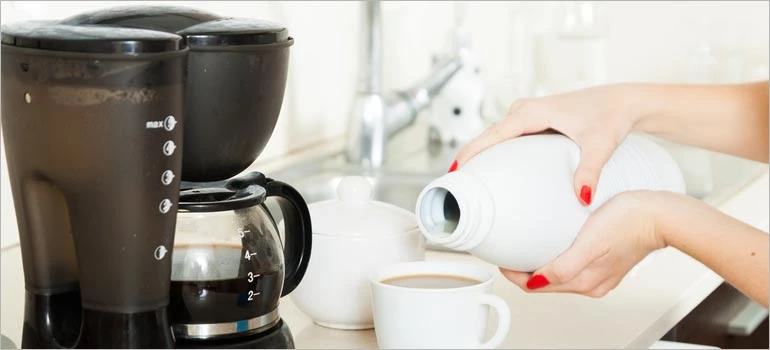
Beans or Pods - For a truly authentic cup of coffee, fresh coffee beans are best, however finding and grinding them can be difficult and expensive, plus keeping them fresh. Pods, on the other hand, are cheap and easy to buy online/from your local supermarket. They also come in a wide variety of drinks, from espressos to hot chocolates.
Water Capacity - All coffee makers have different capacities, which are measured in cups of 250ml. You should always put in more water than you need for your cup of coffee as the machine may use some extra to flush its’ system.
Size - All coffee machines will fit on your kitchen counter, however cafetieres are greatly smaller compared to larger pump machines.
Microwaves
A microwave oven is able to heat foods in much less time than is needed in a conventional oven. This makes them ideal for operations such as defrosting food, heating liquids, and reheating leftovers. Cooking with one does require some adjustments, however, since meats and baked goods will not brown as well as they do in a conventional oven or under a grill.
Size - Microwaves are designed to be smaller than your oven or cooker and fit onto your kitchen counters. Their average size is 60cm in width, 15cm in height and 40cm in depth.
Power - Microwave power is measured in watts, and their power can range from 800W to 1200W. A higher wattage, a quicker cooking time.
Capacity - Microwave capacity is measured in litres, and can range from 17 litres to 32litres. The average capacity being 27 litres.
Type
Microwave Only - The simplest of them all, the microwave-only option can heat up, defrost, steam and reheat food.
Microwave with Grill - With all the basic functions of the microwave-only, plus the addition of a grill. You are now able to grill meats and fish using the grill or crisp and cook meals using the 2-in-1 function.
Combi - More similar to a mini oven with it’s microwave, grill and convection oven (possibly a steam function too), a combi oven is a solution for homes with smaller kitchens or as a cheaper alternative to a cooker or oven.
Integrated - Integrated microwaves are especially useful if you are conscious of your house’s appearance as they are able to be hidden within cupboards for a tidier, cleaner look.
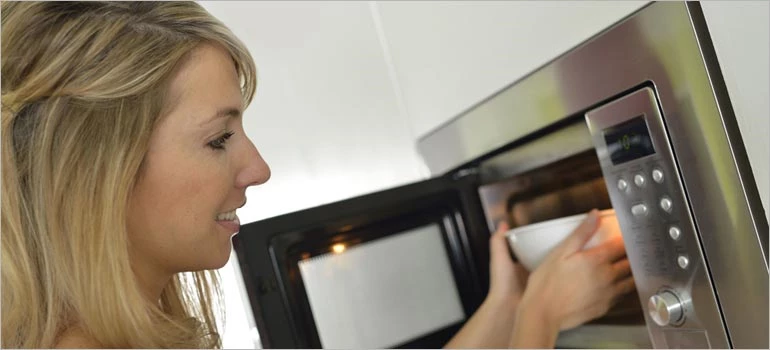
Programmes - Microwaves will differ with what programmes they are able to perform, but here are the most commonly found programmes:
Auto-cook - enter the items weight and the microwave will estimate its’ cooking time. This is sometimes more specific to potatoes and meats.
Defrost - The microwave will adjust its’ temperature and temperature intensity to defrost your item quicker.
Grill - Only the microwaves’ grill will be used to crisp up foods such as cheese and bacon.
Tabletop Cooking
These table-top appliances are handy pieces of kit that can prove to be time saving and safer than traditional methods. Ideal for smaller kitchens or families or as an accompaniment to a full-size cooker or oven.
Mini-ovens - From a simple bought pizza to a full Sunday roast, a compact oven can simplify dozens of cooking tasks yet take up much less space than a conventional oven. Ideal for open-plan or galley kitchens, to use alongside a full-size oven for large families and gatherings, or just for energy efficiency when a big oven isn't required. Mini ovens are available in a range of sizes and with a host of different features, so you can choose the perfect model for your kitchen and cooking requirements.
Fryer - Fryers make it easy for you to get ‘Chip shop’ style chips in your very own home. Even for the health conscious, there are fryers that only require a spoonful of oil and still get crispy chips. Whether you want the fluffiest, crunchiest chips possible, or a slightly less fat-laden treat, fryers will compliment your kitchen.
Healthy Grills - The big selling point on healthy grills is the angled grill which channels fat and grease away from foods. The additional contact grilling from both sides and the gentle pressure that this applies to the foods, should squeeze out just that bit more fat if you are looking for the healthiest option for cooking. They are also a much faster way to cook, with chicken breasts cooked on average between six to eight minutes, about a third of the time required to cook a chicken breast on a conventional grill. They also won’t dry out the chicken or meat in the same way.
Pressure cooker - With the right pressure cooker, it's possible to whip up healthy dishes in a very short period of time. Pressure cooking requires less liquids than traditional stovetop cooking. Much higher temperatures can be reached with pressure cooking, which is why foods can be prepared more quickly.
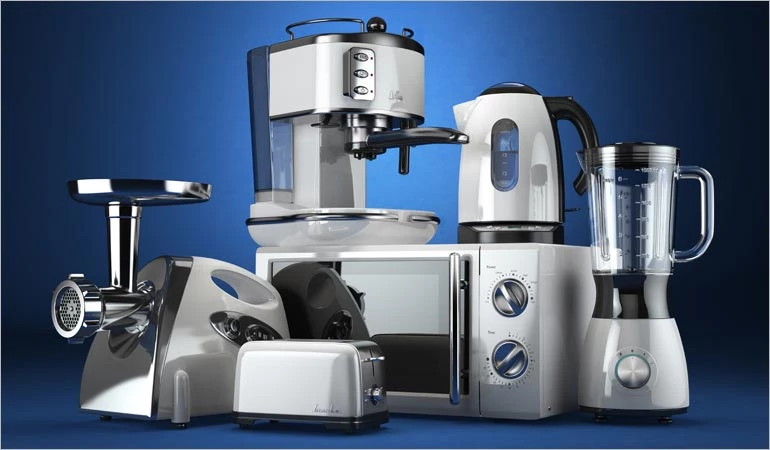
Size - Mini-ovens, fryers, healthy grills and pressure cookers are all counter based appliances. The do require a minimum of 10cm around them to avoid any overheating and allow for ventilation, but they are all compact and designed for homes that are low on space or as an addition to traditional cooking methods.
Capacity - Mini-ovens, fryers, healthy grills and pressure cookers area all designed to suit small families so they do not have a large capacity.
Food Processors & Blenders
These two kinds of small appliance are somewhat similar; both feature a cylindrical bowl or jug that has a spinning blade at the bottom. In actual practice, a food processor tends to be far more versatile. While blenders can only blend and puree largely liquid ingredients, a food processor can be used to efficiently chop and mince meat and vegetables as well as blend liquids.
Food Processors
Capacity - A food processor's’ capacity is measured in litres, with the average maximum amount being around 2 litres.
Size - As food processors are counter based appliances, they don’t take up much room in your kitchen. They are designed to be compact and be stored in a cupboard in your kitchen.
Accessories - Food processors are usually supplied with a range of attachments for shredding, whisking, blending, mixing dough and grinding. Other attachments may include mixing and very sharp stainless steel blades for chopping and blending. Other useful extras to look out include a mill, citrus press, integrated liquidiser and even built-in weighing scales for convenience.
Speeds - Most food processors will have 2 settings; on and pulse. On will be a continuous speed whereas pulse will automatically switch on and off.

Blenders
Type
Jug Blender - A jug blender is a freestanding blender with all attachments in one. The main jug will detach from the terminal to allow for easy pouring. The are able to crush ice, nuts and bread.
Hand Held Blender - A hand held blender allows you to concentrate where you are blending and allows you to blend directly in a saucepan or jug.
Capacity - A jug blender can hold around 1.5 litres of liquid, but this can differ to the consistency of the liquid.
Power - The average power from a blender is 300watts.
Juicers
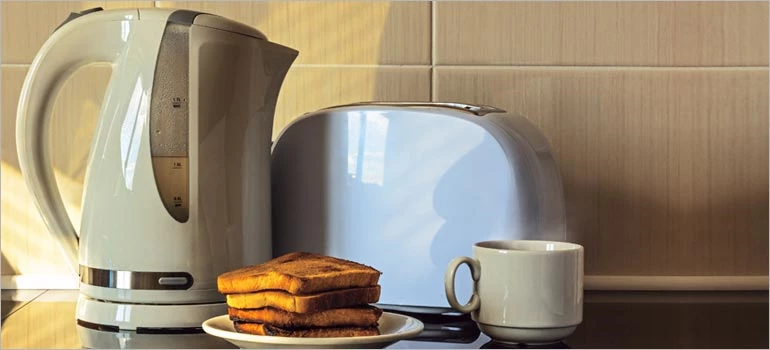
As the name suggests, juicers are designed to extract the juice from whole pieces of fruit and vegetables without the need to peel or chop them first. The pure juice is extracted and collected in a jug while the fibrous pulp is separated into a removable container. Juicers are great for making fresh fruit juices at home and can be another way of making fruit consumption even easier and more convenient. Some models require minimum effort as no preparation whatsoever is required - fruit can simply be fed in whole - helping to make juicing a quick and easy solution for a healthy snack. Cheaper and manual options may only be able to handle citrus fruits, while more expensive ‘whole fruit’ juicers will happily handle anything you throw at them.
Types
Masticating juicer - this chews up the fruits and vegetables that are pushed through the machine, extracting juice while retaining some of the fibre, too.
Centrifugal juicer - these use blades that spin at high speed and are designed to quickly extract juice while routing the pulp out through the back of the juicer and into a waste container.
Capacity - A juicer’s total capacity is measured in litres, with an average maximum capacity of1 litre for the juice collection and an average maximum of 2litres for pulp collection
Power - Juicers are more powerful that blenders and smoothie makers, with a high wattage of around 700w.
Stand Mixer
If you love baking, a stand mixer is an ideal investment. They're also good for general whipping, mixing and kneading tasks.
Capacity - With a bowl capacity ranging from 1 litre to 10 litres, you’re spoiled for choice with how small or large you want your mixer to be.
Attachments - Below is a list of common attachments that come with your stand mixer:
- Mixer blade
- Dough hook
- Splash guard
- Flexi-beater
- Mini chopper
- Slicer/grater
- Citrus press
- Grinder
- Mincer
- Icecream maker
Speeds - A stand mixer allows you to have variable speeds, from slow to fast. The amount of options you get will depend on the mixer.
Toasters
Toasters are among the most traditional of small appliances. Without one, producing toast that is just right can be a tricky business that often results in blackened slices under the grill.
Capacity - It is common for a toaster to have room for 2 or 4 slices of bread.
Timing - Browning settings of your bread vary to personal preference and the type of bread or bread-based item placed in the toaster. The higher the number selected for the setting, the browner and crispier the results. Wider food objects, such as bagels, may crisp quicker due to them being nearer the heating element.
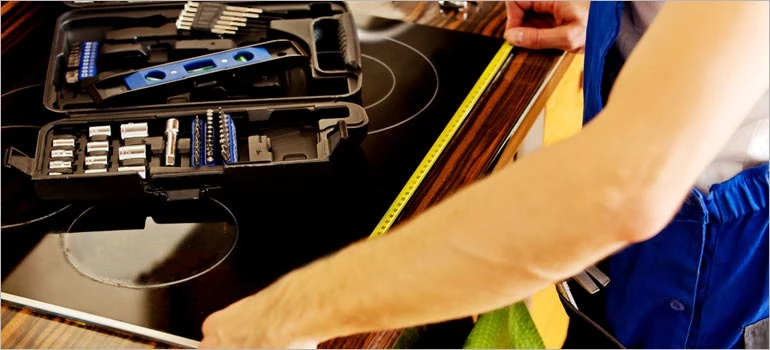
Kettles
Speed is king when it comes to buying kettles. There's a massive two minutes' difference between the fastest and the slowest - which can add up to significantly more time and energy used! Generally, the more powerful the kettle, the quicker it is to boil.
Capacity - The average capacity for a kettle is 1.5 litres, which can boil around 6 cups (250ml each). It does take longer to boil more water.
Cord vs Cordless - Cordless kettles mean that the actual kettle itself does not have a cord attached to it. 360° base A pirouette connector centre means you can replace the kettle on the base to face in the direction most convenient for you. Most have cable storage underneath. Whether you are filling the kettle from a tap or from a water filter, always remove the kettle from the power base while filling.
Power - The power of our kettles range from 2kw to 3kw; a higher wattage means a faster boiling time.
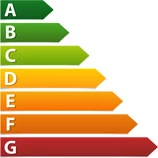
Energy Rating
Under EU legislation, every new small domestic appliance must have an energy label showing its energy rating. All our small domestic appliances are rated in line with the regulations, ranging from C (low efficiency) to A+++ (high efficiency). You can work out an appliance's annual running costs by multiplying kWh used by 0.1427 (the average national cost of electricity + VAT), however this figure may vary according to how much you pay for your local electricity supply.
For more information on any small appliances, please don’t hesitate to contact us. View a full range of small appliances here.
Want to Find Out More About Our Small Domestic Appliances Buying Guides
Get in touch with the Sale Appliances ltd. team today

 01702300010
01702300010





